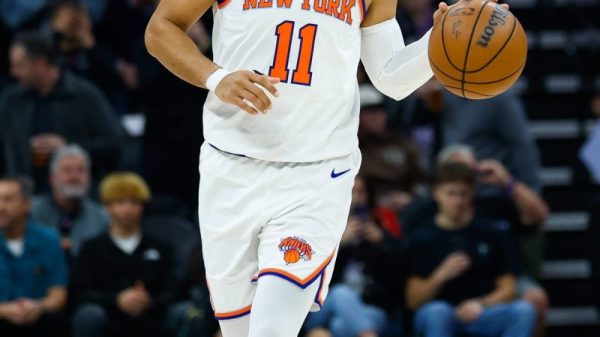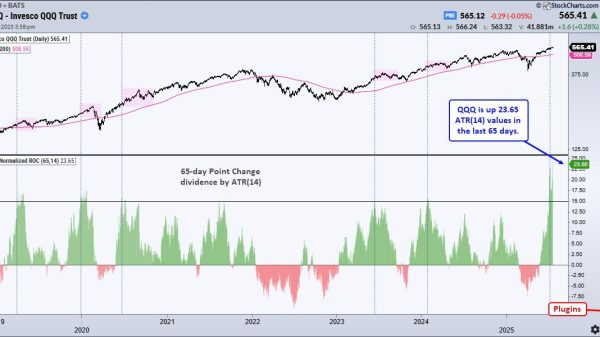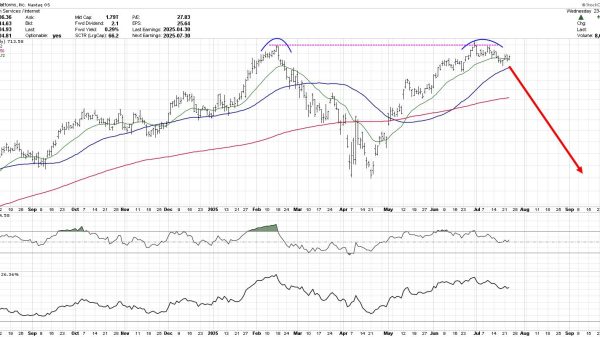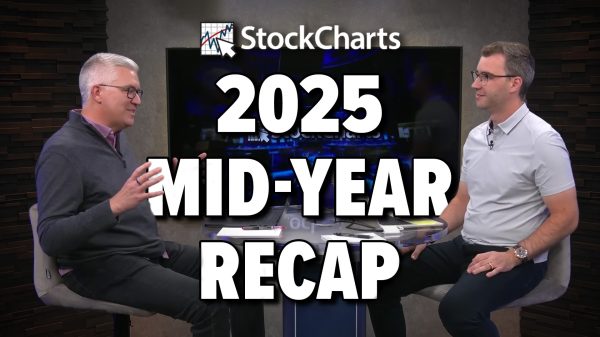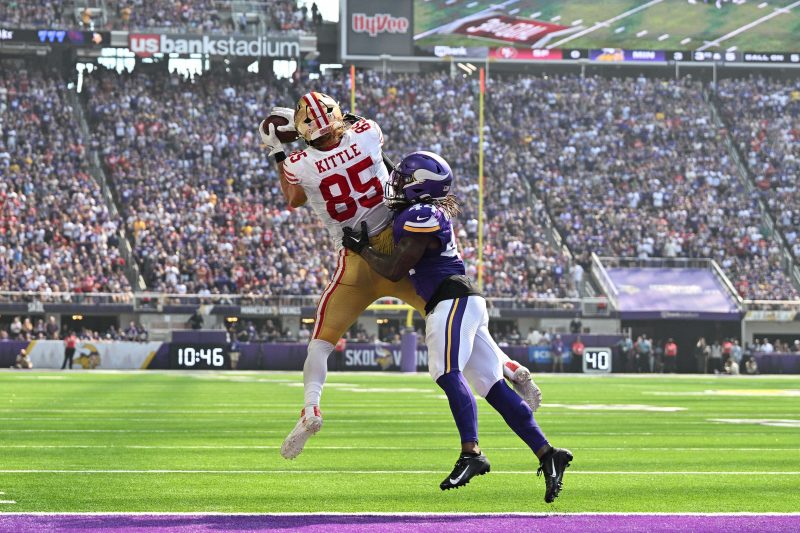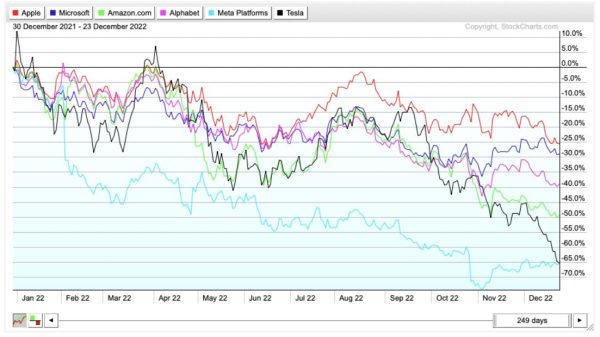Through two weeks of NFL action, league-wide scoring is at its lowest point since 2006. NFL teams are scoring an average of 21.4 points per game, which continues a downward trend since a high of 24.8 points in 2020.
The biggest change is in the passing game. Through two weeks, NFL quarterbacks are completing an average of 19.8 passes per game, the fewest since 2008 (19.7). Yards per game sits at 193.6, the lowest since 1992 (187.6).
With another 16 weeks left in the regular season, there’s plenty of time for offenses to make a comeback. But ESPN football analyst Mel Kiper Jr. had a new idea: getting rid of two-high coverage in the NFL.
That earned some interesting responses from former players.
NFL STATS CENTRAL: The latest NFL scores, schedules, odds, stats and more.
Here’s an explainer on two-high coverage, also called Cover 2, in the NFL:
What is two high coverage in the NFL?
You’ll likely hear analysts on NFL broadcasts talk about different coverage systems defenses use. There’s the straightforward man-to-man coverage in which a player has an assignment to trail a specific offensive player. The other system is zone coverage schemes in which players are assigned different areas of the field to cover.
Cover 2 is a system in which two players — often the safeties — cover the deepest area (‘zones’) of the field. That means the remaining players in coverage split up the area underneath the two high safeties. That can either be in man-to-man, zone, or a mix of both.
This is not a new idea. Hall of Fame coach Tony Dungy stated it goes back to the Pittsburgh Steelers teams of the 1970s. It came into prominence with Dungy’s ‘Tampa-2’ system in the late 1990s/early 2000s and again more recently with current Philadelphia Eagles defensive coordinator Vic Fangio.
Why is Cover 2 popular?
Fangio’s system and its use of Cover 2 became more popular in the late 2010s during his time as defensive coordinator with the Chicago Bears and later head coach of the Denver Broncos. The two-high system helped limit explosive plays downfield.
But it’s not the most popular coverage in the league. In 2023, Cover 3 (three players playing the deep zone) was the most common coverage deployed league-wide, per Pro Football Focus data. Cover 1 (one player playing the deep zone) and Cover 3 combined made up more than half of coverage snaps in 2023.
Per TruMedia data, Cover 3 is still the most popular coverage in 2024 at 33.8% of snaps. The data also shows a 30% rate of disguised coverages in the middle of the field, up from 25% last season.
NFL teams are also averaging 2.5 sacks per game so far in 2024 and the league-wide sack rate of 7.7% is the highest figure since 1992. Defenses are the most effective at rushing the passer since the days of Hall of Famers Reggie White, Bruce Smith, Chris Doleman and John Randle.
Kiper’s argument is creative, but teams scoring less in 2024 might be a due to multiple factors beyond one specific type of coverage.
DO YOU LIKE FOOTBALL? Then you’ll enjoy getting our NFL newsletter delivered to your inbox







